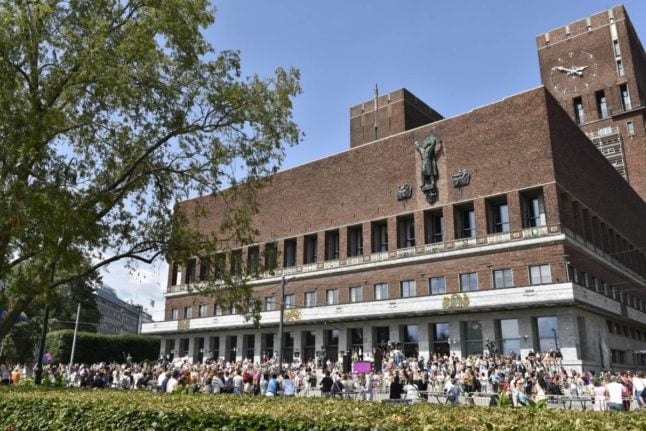For years, Norway has been grappling with a shortage of skilled professionals, notably in the technology and IT sectors.
Recognising the need to address this talent gap, The City of Oslo and other partners launched a pilot project in 2023 called Kompetansespor (Competence Track).
The primary goal was to reduce the lengthy wait times for skilled workers to get work permits from around nine months to three days.
READ ALSO: What’s next for Oslo’s plan to slash work permit waiting times?
But what is the current status of the project? And is the new super-fast work permit process any closer to becoming a reality?
How the project has evolved in 2024
Since its inception, Competence Track has evolved into a more ambitious project that goes beyond just cutting work permit times.
The project’s focus has shifted towards new goals, which mostly revolve around exploring the use of a “digital wallet” to streamline the immigration process.
To make this happen, partners involved in the project, such as the Norwegian Directorate of Immigration (UDI), will collaborate with other key stakeholders from the governmental, municipal, and private sectors.
READ MORE: How Norway’s permanent residence rules have been tweaked
As the UDI explains in a document seen by The Local, a digital wallet refers to “an electronic application or platform that allows users to securely store, manage, and share digital identity credentials and other types of digital data,” which plays a “central role in handling digital evidence or verifiable credentials in a digital ecosystem.”
The wallet allows relevant authorities to access the holder’s paperwork, rather than having documents and credentials stored separately across several portals.
New goals
The main aim for 2024 is to develop and explore an efficient and user-friendly process flow that can support the immigration of skilled workers to Norway.
According to a document that the Norwegian Directorate of Immigration (UDI) shared with The Local, other goals for the year include creating a prototype to test the efficacy of the digital wallet in improving immigration processes, investigating the feasibility of pre-qualifying employers to speed up the immigration process, and showcasing how collaboration across sectors can create better services for users.
The project remains committed to reducing administrative burdens, processing times, and information exchange accuracy, as well as preparing Norway for future challenges related to global mobility and digitalisation.
Meanwhile, the Oslo Business Region writes on its website that additional target groups such as students and family members of work permit applicants would be included in the fast track residence permit scheme.
From the information available at the time of writing, it seems that project will still revolve around Oslo.
Gustav Try, an advisor at the Norwegian Directorate of Immigration (UDI), told The Local that the UDI’s Department of Managed Migration is currently working on a new test phase called “Pilot 2.0”.
“We are currently working on Pilot 2.0, but it is not finalised. The plan is to pilot it on selected students at the University of Oslo (UiO) in August. We are also considering piloting it on skilled workers, including UiO employees, throughout the autumn,” the department said.
Back in September, Thea Ullhaug Pope, senior content developer for the City of Oslo, told The Local that one of the long-term ambitions of the project is to try and get the scheme adopted by other regions and then nationally.
However, while the Competence Track project continues to progress, it seems unlikely that the initial ambition of reducing work permit waiting times from nine months to three days will be achieved on a mass scale anytime soon.




 Please whitelist us to continue reading.
Please whitelist us to continue reading.
Member comments